
Bekáa Valley
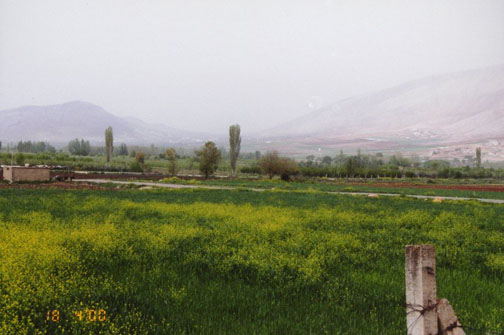
Bekáa Valley or Al Biqâ‘, fertile valley in Lebanon and Syria, located about 30 km (about 19 mi) east of Beirut. Bekáa Valley is situated between the Lebanon Mountains to the west and the Anti-Lebanon Mountains to the east. It forms the northeastern most extension of the Great Rift Valley, which stretches from Syria through the Red Sea into Africa. Bekáa Valley is about 120 km (about 75 mi) in length and has an average width of about 16 km (about 10 mi). It has a Mediterranean climate of wet, mild winters and dry, warm summers. The region receives limited rainfall, particularly in the north, because the Lebanon Mountains create a rain shadow that blocks precipitation from the sea. The northern section has an average annual rainfall of 230 mm (9 in), compared to 610 mm (24 in) in the central valley. Two rivers originate in the valley: the Orontes (Asi), which flows north into Syria, and the Lîþânî, which flows south and then west to the Mediterranean Sea.
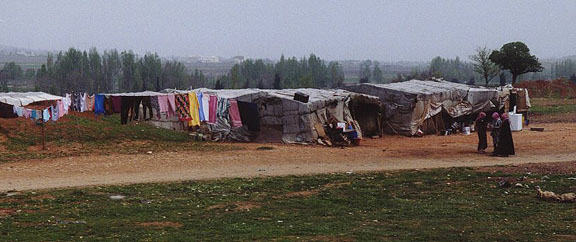
Quarters of migrant farm workers from Syria
From the 1st century BC, when the region was under Roman rule, Bekáa Valley served as a source of grain for the Roman province of Syria. Today the valley makes up 40 percent of Lebanon's arable land. The northern end of the valley, with its scarce rainfall and less fertile soils, is used primarily as grazing land by pastoral nomads. Farther south, more fertile soils support crops of wheat, corn, cotton, and vegetables, with vineyards and orchards centered around Zahlah. The valley also produces hashish and cultivates opium poppies, which are exported illegally. Since 1957 the Lîþânî hydroelectric project, a series of canals and a dam located at Al Qir‘awn in the southern end of the valley, has improved irrigation to farms in Bekáa Valley.
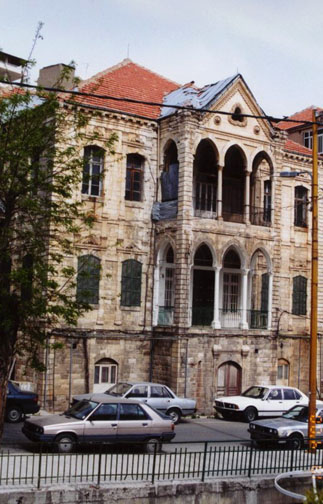
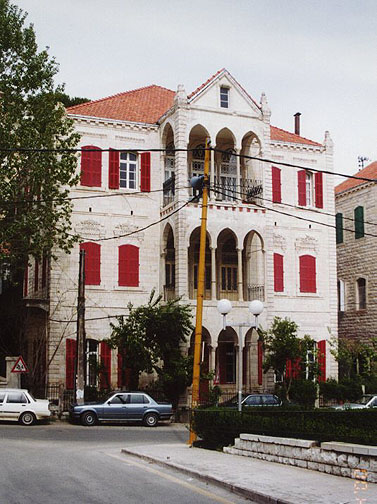
fine houses in Zahle
Zahlah is the largest city in Bekáa Valley. It lies just north of the main Beirut-to-Damascus highway, which bisects the valley. Most of Zahlah's residents are Christian Arabs, including Greek Catholics, Maronites, and members of the Greek Orthodox Church. The majority of people in rural areas of the valley, particularly in the north, are Shiite Muslims (see Shiites).
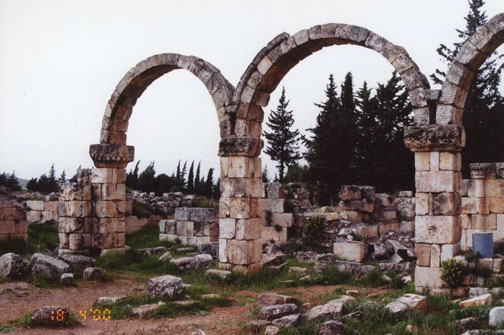
Anjar, an Umayyad site
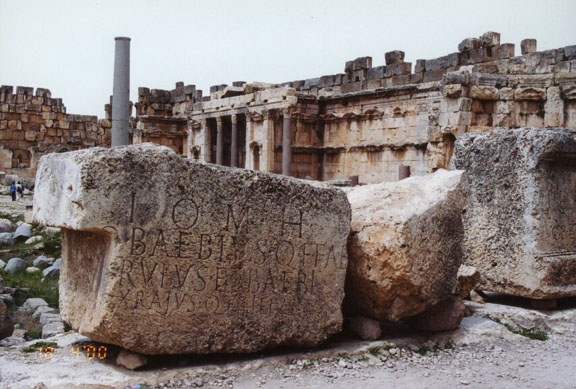
Roman ruins in Baalbek
The most noted historic site in the valley is Baalbek, an ancient city named for the Canaanite god Baal. Baalbek has impressive Roman ruins, including temples to Bacchus, Jupiter, Venus, and the sun. For many years the ruins were the site of the Baalbek festival, which attracted performance groups from around the world.
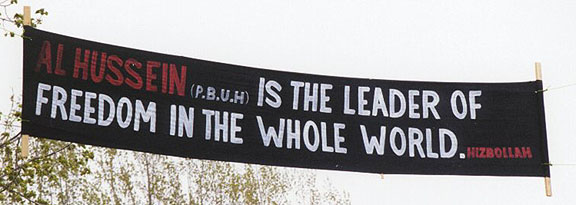
Hezbollah banner for tourists at Baalbek
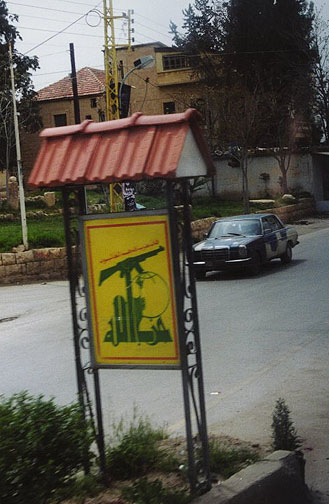
Hezbollah patriotic sign
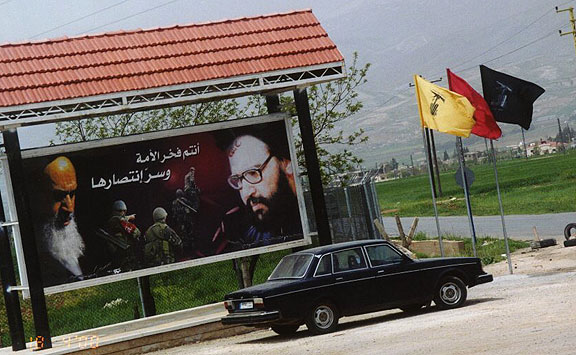
Hezbollah Poster and Flags
More recently Baalbek has been a center of operation for members of the Hezbollah (Party of God), a radical Shiite group that advocates the creation of an Islamic state in Lebanon, and the Revolutionary Guards, a powerful military force based in Iran that is involved in enforcing all aspects of Iran's Islamic revolution and extending it to other countries, including Lebanon.
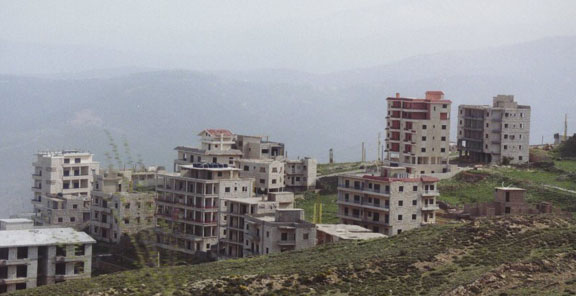
In the Lebanon mountains between the Bekáa valley and Beirut are many houses built by wealthy Arabs, which were abandoned during the war. (Creating ghost towns)
Syrian troops have been present in the valley since shortly after the outbreak of civil war in Lebanon in 1975. In 1982 the Israeli air force tried unsuccessfully to evict the Syrians by bombing Syrian anti-aircraft missile batteries in the valley.












































